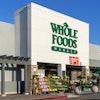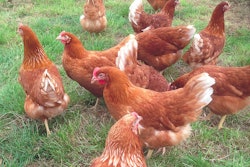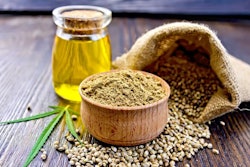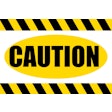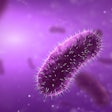
Grazing, high-quality feed, additives could help agriculture achieve net zero emissions
Changing how production animals are fed and housed could help agriculture make significant strides toward net zero emissions, but sustainability advocates fear producers don’t have sufficient government support to implement alternatives.
Agriculture could actually become a carbon sink, — removing rather than generating carbon emissions from the atmosphere — if it returned to a distributed model that re-integrates crop and animal production, according to a November 2019 position paper from the National Sustainable Agriculture Coalition. Although the report recommends moving away from concentrated animal feeding facilities, the authors say environmental and political realities make the situation more complicated for most producers.
Well-managed grazing not only produces fewer carbon emissions, but actually has the potential to absorb carbon, reversing emissions from other sources.
“The idea is that any particular area of pasture or range is intensively grazed anywhere from 12 hours to three days, and then the livestock are removed,” said Mark Schonbeck, one of the reports authors and an adviser to the Organic Farming Research Foundation. “The grass gets eaten down, but then the whole system is left to recover, and that sort of long recovery builds the soil and sequesters carbon.”
Yet Jim Worstell, an independent consultant whose research focuses on resilient food systems and a co-author of the report, estimated that 97% of today’s cattle are finished in feed lots.
“More farmers haven’t adopted this (grazing) system — which also improves animal health — because it is a lot of work to move cattle around” and because of steep start-up costs, Schonbeck said. If government policies and programs did more to facilitate grazing and agricultural integration, he said, more producers would likely take the plunge.
But in cooler climates, the authors acknowledged, grazing-only production may not be an option. And when pastures are poorly managed, they said, grazing cattle can produce as many, if not more, emissions than those in feed lots.
“In my work overseas, I’ve seen cows running around and eating anything they could,” Worstell said, “and I’m sure if anyone measured those cattle, they’re producing more methane.”
Feed quality key to reducing emissions
The true secret to reducing emissions, Worstell said, may be feed quality. Australian researchers, according to the position paper, found that feeding dairy cows a diet high in omega-3, alfalfa, flax, hemp and grasses reduced direct emissions from cattle by 15-20%. Other papers, Worstell said, suggest that “insofar as any farmer can make sure that his cows are eating as fresh as possible, tender young growth, that can reduce emissions as much as 50%.”
In the winter, he added, feeding corn or other grains may be better than “coarse old hay” for overall emissions. And Schonbeck pointed out that new corn cultivars show even greater promise when it comes to reducing emissions.
Other technological advancements, such as seaweed-based feed additives, also hold promise for reducing emissions, with some research suggesting these additives could reduce emissions by as much as 80%. But many of these remain expensive or experimental, Worstell said, and may not be accessible to most farmers, while a fresh diet containing a mix of grasses and legumes is more practical and may be just as effective.
“The best, in my own opinion, is … fresh forage,” he said. “That’s the very best thing that a cow can eat. And in the winter, a combination of hay harvested when it was young, and before it got old and stemmy, and concentrate, or corn, when they have to be holed up and can’t be on pasture.”


